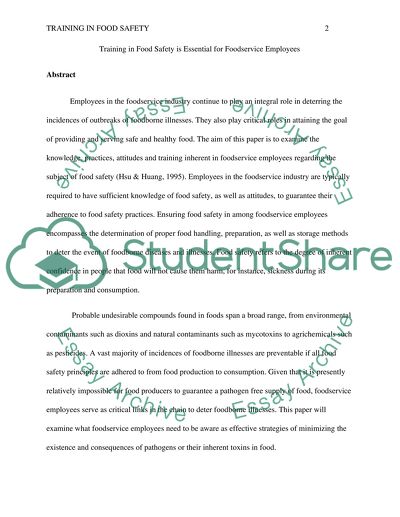Cite this document
(“Training in Food Safety is Essential for Foodservice Employees Research Paper”, n.d.)
Retrieved from https://studentshare.org/human-resources/1404193-training-in-food-safety-is-essential-for
Retrieved from https://studentshare.org/human-resources/1404193-training-in-food-safety-is-essential-for
(Training in Food Safety Is Essential for Foodservice Employees Research Paper)
https://studentshare.org/human-resources/1404193-training-in-food-safety-is-essential-for.
https://studentshare.org/human-resources/1404193-training-in-food-safety-is-essential-for.
“Training in Food Safety Is Essential for Foodservice Employees Research Paper”, n.d. https://studentshare.org/human-resources/1404193-training-in-food-safety-is-essential-for.


